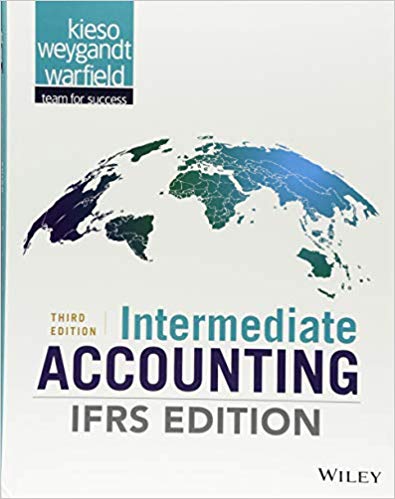From inception of operations to December 31, 2019, Fortner plc provided for uncollectible accounts receivable under the
Question:
The balance in Allowance for Doubtful Accounts was £130,000 at January 1, 2019. During 2019, credit sales totaled £9,000,000, the provision for doubtful accounts was determined to be £180,000, £90,000 of bad debts were written off , and recoveries of accounts previously written off amounted to £15,000. Fortner installed a computer system in November 2019, and an aging of accounts receivable was prepared for the first time as of December 31, 2019. A summary of the aging is as follows.
.png)
Based on the review of collectibility of the account balances in the "prior to 1/1/19" aging category, additional receivables totaling £60,000 were written off as of December 31, 2019. The 80% uncollectible estimate applies to the remaining £90,000 in the category. Effective with the year ended December 31, 2019, Fortner adopted a different method for estimating the allowance for doubtful accounts at the amount indicated by the year-end aging analysis of accounts receivable.
Instructions
a. Prepare a schedule analyzing the changes in Allowance for Doubtful Accounts for the year ended December 31, 2019. Show supporting computations in good form.
b. Prepare the journal entry for the year-end adjustment to the Allowance for Doubtful Accounts balance as of December 31, 2019.
Accounts receivables are debts owed to your company, usually from sales on credit. Accounts receivable is business asset, the sum of the money owed to you by customers who haven’t paid.The standard procedure in business-to-business sales is that...
Step by Step Answer:

Intermediate Accounting IFRS
ISBN: 978-1119372936
3rd edition
Authors: Donald E. Kieso, Jerry J. Weygandt, Terry D. Warfield





